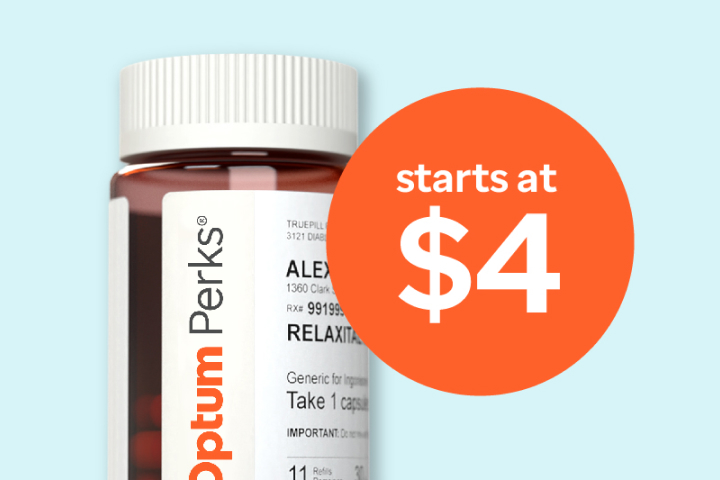Vitamin D has an important role in regulating mood. This vitamin also helps your body absorb phosphorus and calcium, keeping your bones strong. Low vitamin D levels can lead to symptoms such as bone and muscle pain.
Your body produces vitamin D during exposure to sunlight. This can be more challenging in winter as fewer hours of sunlight and cold weather may prevent you from going outdoors.
Several methods may help boost your vitamin D levels during winter. They include:
1. Taking supplements
Vitamin D supplements are a popular and relatively low cost way to increase your vitamin D intake. They are available in tablet form that you can take every day. Many multivitamin and mineral supplements typically contain vitamin D, and you can get them over the counter.
If you take supplements, consider having them with a meal or snack containing some fat.
Too much vitamin D can be harmful and could result in hypercalcemia, a condition that occurs when there’s too much calcium in your blood. Hypercalcemia can cause symptoms such as:
- nausea
- muscle weakness
- confusion
- kidney stones
- dehydration
Vitamin D supplements can also interact with certain medications, such as cholesterol-lowering statins and steroids. Speak with a doctor before starting any new supplementation. They can decide whether vitamin D supplements are safe for you and recommend the appropriate dosage.
2. Food sources of vitamin D
Including foods in your diet that are rich in vitamin D can help you reach your daily recommended intake.
The National Institutes of Health (NIH) recommends the following daily dietary allowances for Vitamin D for both males and females:
| Age | Recommended daily intake |
|---|---|
| 0-12 months | 10 micrograms (mcg) (400 IU) |
| 1–70 years | 15 mcg (600 IU) |
| 71 years and over | 20 mcg (800 IU) |
While very few foods are naturally good sources of vitamin D, many manufacturers fortify their products, like cereals and milk, with vitamin D. This means vitamins are added to the food to increase its nutritional value.
The foods that can help increase your vitamin D levels may include:
- oily fish, like salmon and mackerel
- dairy products like cheese, milk, and yogurt
- beef liver
- fortified orange juice
- egg yolks
- fortified cereals
- fortified plant-based drinks
Mushrooms are one of the few plants and types of food that, similar to humans, naturally produce vitamin D when exposed to sunlight. Exposing mushrooms to sunlight or UV lamps before consuming them can stimulate their production of vitamins D2, D3, and D4.
A doctor or registered dietitian can provide a dietary plan to help you meet your recommended daily vitamin D intake.

